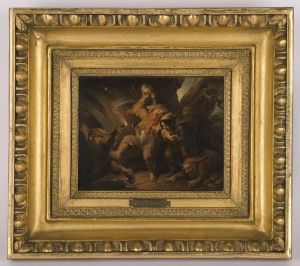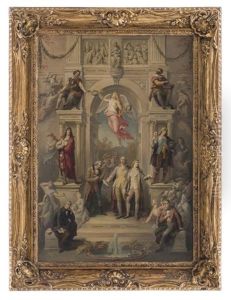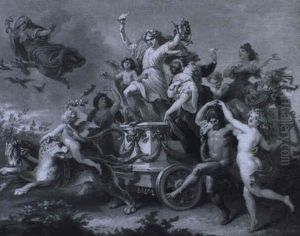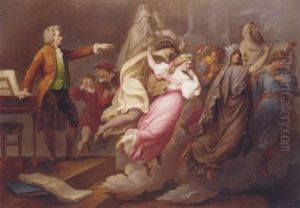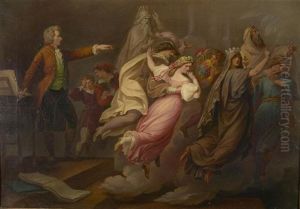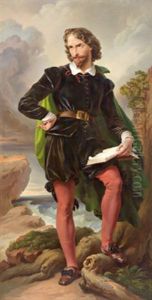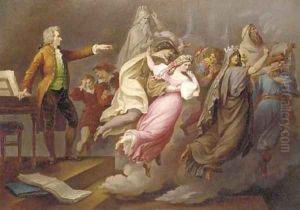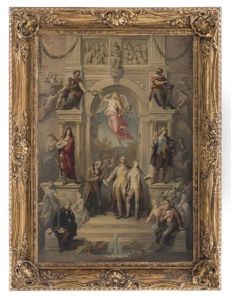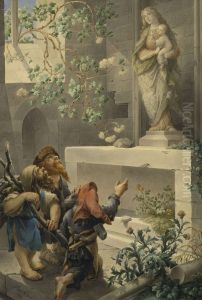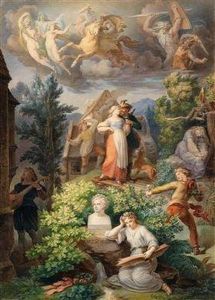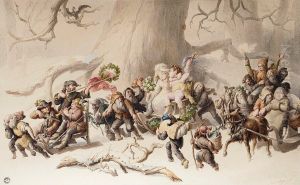Carl Joseph Geiger Paintings
Carl Joseph Geiger was an Austrian painter and lithographer known for his landscapes, historical scenes, and genre paintings. Born in 1822 in Linz, Austria, Geiger showed an early interest in art and pursued his studies at the Academy of Fine Arts in Vienna. He was influenced by the Biedermeier style, which was prominent in the German-speaking countries during the early to mid-19th century. The style is characterized by a sense of realism and simplicity, focusing on the daily lives of middle-class society.
During his career, Geiger traveled extensively throughout Europe, which greatly influenced his artistic development. His travels took him to Italy, where he was inspired by the Renaissance masters, and to Germany, where he absorbed the techniques and motifs of German Romantic painters. This exposure to different artistic traditions allowed him to develop a versatile style that combined elements of realism with romantic sensibilities.
Geiger's landscapes often feature the picturesque countryside of Austria and the Alpine regions. His historical paintings frequently depict scenes from Austrian history, imbuing them with a sense of national pride and identity that was important to the culture of the time. He also created genre scenes that captured the daily life and customs of rural and urban Austrians, reflecting the social fabric of the 19th century.
Despite his travels and the influence of various European art movements, Geiger remained deeply rooted in the Austrian artistic tradition. His works are characterized by careful attention to detail, a harmonious color palette, and a clear composition that invites the viewer to engage with the narrative of the painting.
Carl Joseph Geiger's contribution to Austrian art was recognized during his lifetime, and he enjoyed the patronage of various important figures. His paintings were exhibited in numerous art shows and garnered positive critical reception. He continued to paint and contribute to the art world until his death in 1905. Today, his works are housed in various museums and private collections, where they continue to be appreciated for their portrayal of 19th-century Austrian life and landscapes.
